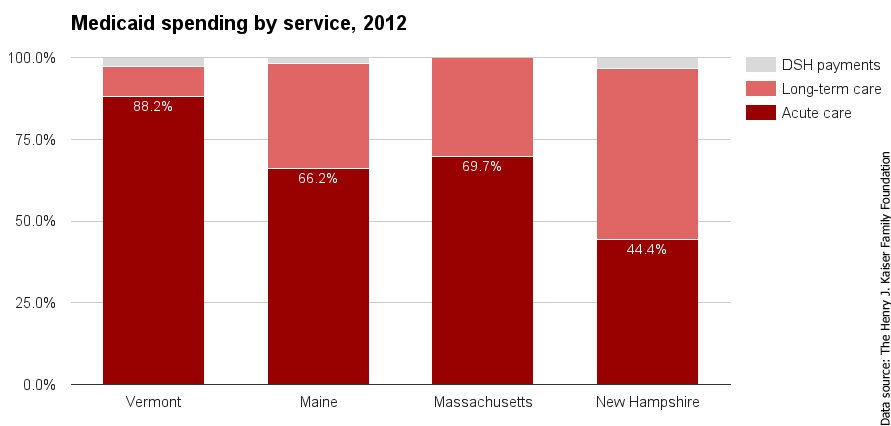
New York has many options when it comes to health insurance. However, it is important that you choose the best plan for your specific needs. You may want to opt for a Catastrophic plan if your monthly premiums are low and you don't mind paying higher annual deductibles. These plans will cover 90% for the cost of your medical care.
Plans for catastrophic events
Catastrophic plans in health insurance are not recommended for individuals with high medical expenses. These plans are low in premiums, but have higher out-of pocket costs. You can choose a catastrophic plan if you are under thirty years old or qualify for hardship exemptions. You won't receive premium tax credit for these plans. Look for plans that are in a higher-tier metal tier. You will get more value for money by doing this.
Catastrophic plans have monthly premiums that are as low as 1%
A catastrophic plan may be the best option for you if you are looking to save money on your New York health insurance. These plans cover 100% for covered health care expenses, once you have reached your maximum deductible. This plan is great for those with a limited budget or who cannot afford the more expensive plans.

Catastrophic Plans have the highest annual deductibles
Catastrophic plans come with high monthly premiums and a high annual deductible. They may be the most affordable health insurance option for people who want to cover the worst case scenario. However, they do not offer premium tax credits, so you may find a better value in a Bronze plan.
Catastrophic Plans pay 90% of care costs
For people with low incomes, or monthly premiums that are low, a catastrophic insurance plan is a good choice. It covers an inordinate amount of medical expenses but provides a great deal of coverage for emergency medical care. Catastrophic plans are especially ideal for young people and those who qualify for the hardship exemption.
Platinum plans cover 90% the cost of care
If you have large annual health expenses, a Platinum plan might be right. Before the plan kicks into effect, there will be a $500deductible. Then you'll pay only $20 per visit. This means that your total out of pocket expenses could reach several thousand. That's a lot of money, but you're only paying 10% of the cost of your care. Here are some factors to consider when purchasing a premium plan.
Silver plans cover 80% of the care costs
Silver plans cover 80% on covered services. These plans are offered both by state-based markets and individual insurance companies. To be eligible for the individual market, these plans must meet certain requirements. These requirements include meeting the plan's actuarial value. The standard silver plan has a deductible of $7,150 per year, a 30% coinsurance after the deductible, and a copayment of $70 for physician visits. This plan is for people with incomes below 250% of the federal poverty line.

Bronze plans cover 80% for care
The most affordable option, the Bronze plan pays 80% of the cost for a person's healthcare. They are available in most states. Prices vary depending on where the person lives. Some plans include expanded benefits while some do not. These plans are popular because of their cost-effectiveness and general coverage. The Bronze plan will often indicate whether certain services are covered by a pre-deductible copay.